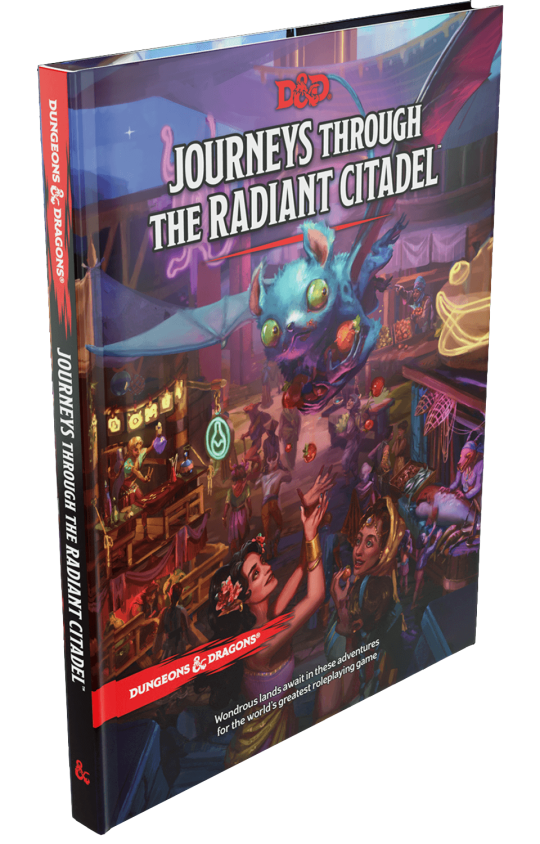DISCUSSING
In the Shadow of the Spire – Session 28C: Into the Banewarrens
Elestra, thinking quickly, fished a flask of oil out of her pack and threw it at the vermin-thing Tor was fighting. Agnarr stepped back, pivoted, and landed a blow with his flaming sword. The oil ignited and the vermin-thing was immolated by the wave of flames.
Tee stepped back and, drawing her own flask of oil, hurled it at the one Agnarr had just turned his back on. Agnarr whirled and a moment later there was nothing left of the creatures but two inky patches of burning grease.
The history of burning oil in D&D is something I find really interesting.
If you look back at the 1974 edition of D&D, there are two references to oil. First, you can buy a “flask of oil” for 2 gp. (Most obviously intended to fuel the lantern, which appears immediately above it in the equipment list.) Second, you can use it as part of the Flight/Pursuit mechanics:
“Burning oil will deter many monsters from continuing pursuit.”
Okay, but what should happen if someone — whether monster or PC — should end up in the burning oil? The rulebooks are silent on this issue, but it seems likely that many GMs followed the same train of logic I did when making a ruling on this:
- How much damage should it deal? Well, all attacks deal 1d6 damage in 1974 D&D, so almost certainly 1d6.
- How large of an area does one flask of oil cover? Most of the game defaults to 10 ft. increments, so a single 10-ft. square seems likely. (Enough to block a standard dungeon corridor.)
- How long does it burn for? Hmm. Probably more than just one round, right? 1974 D&D pretty reliably reaches for a six-sided die whenever it needs a randomizer, so let’s say it burns for 1d6 rounds.
This makes burning oil quite useful: It’s an area attack available to anyone willing to pony up the cash for it, and it’s incredibly useful for taking control of a battlefield or, as provided for in the rules, escaping from a fight that’s turned against you.
(Tangentially, in one of my D&D campaigns a PC invented a flash-burn oil specialized for combat: It cost 10 gp per flask and would deal 2d6 (take highest) damage, but only burn for 2d6 (take lowest) rounds. I gave it the name dragon’s milk. But I digress.)
The potential for abuse is, it should be noted, incredibly high if you (a) don’t enforce encumbrance and (b) don’t enforce any other consequences for hauling around huge quantities of highly flammable liquid. People will just throw oil all day with nary a care in the world.
It’s perhaps unsurprising to learn, given the efficacy and, frankly, importance of burning oil in D&D, that AD&D 1st Edition spends much more time focusing on it. In fact, although the price of a flask of oil has dropped to just 1 gp, burning oil literally becomes a controlled substance on the Armor and Weapons Permitted table:

A number of protections against burning oil (like the resist fire spell) are also explicitly introduced.
And, of course, guidelines are given for many practical aspects of using burning oil:
- If you throw a burning flask of oil, it affects a 3’ diameter area, dealing 1d3 damage to everyone in the area (save vs. poison to negate). If you hurl a lantern, it only affects a 2’ diameter area.
- If it strikes someone directly, it deals 2d6 damage + 1d6 damage on the second round (and then burns out).
- Walking through or standing in an area of burning oil deals 1d6 damage per round and requires a saving throw to avoid being lit on fire.
- A lighted torch can be thrown to light an oil covered area (with guidelines for determining where it goes if you miss).
As with so many things in 1st Edition, it’s an odd bag of contradictory details. (If you hit someone with oil, it burns out after 2 rounds. Should that rule also apply to “puddles” of oil that are lit? Is the 1d3 splash damage in addition to the 1d6 damage for standing in the burning pool? Or does a thrown flask of oil not create a pool and only creates splash?)
Regardless of the hazy parts here, it does generally appear that oil continues to be an effective method of performing an area attack. Nowhere near as powerful as a fireball, certainly, but far more accessible and flexible.
Let’s briefly detour over to the 1977 Basic Set. Here we find:
- 1 flask of oil can create a 5-foot-wide pool. It will burn for 10 rounds, dealing 2d8 damage per round.
- A creature struck directly with oil suffers 1d8 damage in the first round and 2d8 damage in the second round. (It’s then “assumed that the oil has run off, been wiped off, burned away, etc.) This is accompanied by a truly dizzying system for actually targeting the creatures. (You need to roll 11+, but then you adjust for Dexterity score, and also the height of the target.)
- You have to ignite oil AFTER throwing it. (You apparently can’t light it like a pipe bomb and then throw it.)
- Flaming oil will not harm non-corporeal monsters like wraiths and specters. It deals only half damage to skeletons, zombies, ghouls, wights, and mummies. Monsters that normally use fire weapons (e.g. red dragons, fire giants, hell hounds) are also immune.
We can see here that J. Eric Holmes did, in fact, follow a logic similar to my own (albeit with a smaller area affected and more damage afflicted). This version is more powerful than AD&D’s and would basically persist throughout the later version of Basic D&D (with the addition of a grenade-like, wick-fueled burning oil bomb to the equipment list).
LANTERN OIL DOESN’T WORK LIKE THAT!
I don’t care.
Why are lanterns in D&D fueled with such an insanely flammable liquid? I don’t know. Maybe it’s harvested by alchemists from the glands of fire lizards and is absurdly cheap compared to other options, and house fires are a huge problem in this world. Or maybe the characters are carrying a bunch of different types of oil, and we just doesn’t worry about trying to figure out exactly which one is which.
The point is that D&D-style burning oil creates interesting gameplay and has strategic interest.
Although I will note that AD&D 2nd Edition did make a point of distinguishing between “Greek fire” (10 gp per flask) and “lamp oil” (6 cp per flask; can’t be used offensively, but can sustain existing blazes).
THE BIG SHIFT
The big shift for burning oil in D&D starts with 3rd Edition, which divided the weapon into alchemist’s fire (1d6 damage per round for two rounds, can’t be used as an area attack) and oil (5 ft. area, 1d3 damage, burns for two rounds; if thrown, only has 50% chance of igniting properly).
You can see how these rules were derived from AD&D, but the efficacy of oil as an area attack has been crippled.
4th Edition’s treatment of oil is actually hilarious. On page 210 it says:
Here’s an overview of the contents of this chapter:
(…)
Adventuring Gear: The tools of the adventuring trade. Look in this section for everburning torches, flasks of oil, backpacks, and spellbooks.
Emphasis added. But guess what isn’t in the Adventuring Gear section of the Player’s Handbook? Guess what isn’t in the book anywhere at all?
Ah, 4th Edition. Never change.
D&D 4th Edition Essentials did manage to remember to give a price for lantern oil, but I’m fairly certain there are still no rules for using burning oil as a weapon.
Burning oil makes a comeback in 5th Edition, but remains quite weak:
- You have to light oil as a separate action or attack.
- It can cover a 5 ft. area, burning for two rounds.
- It deals 5 fire damage.
So… why was burning oil suddenly nerfed to, in some cases, no longer being a part of the game at all?
Partly I think it’s because of the expectation that encumbrance won’t be enforced, allowing PCs to haul around dozens of flasks of oil that can be deployed ceaselessly. Mostly, I think it’s fear of a mundane item “poaching” what spellcasters can do.
The irony is that you can look at a whole plethora of perpetual D&D design discussions:
- Non-spellcasters not being able to compete with the area attacks of spellcasters.
- PCs not being able to reliably retreat from battle, so players always fight to the death.
- A lack of dynamic control over the battlefield, resulting in boring combat.
… and burning oil is just sitting there waiting for somebody to notice it.
Honestly, I’ve had great results from just using my rulings from 1974 D&D:
- 10 ft. area.
- 1d6 damage per round.
- Burns for 1d6 rounds.
I recommend adding that and dragon’s milk to your 3rd Edition and 5th Edition campaigns.
Campaign Journal: Session 29A – Running the Campaign: Clever Combat
In the Shadow of the Spire: Index


















